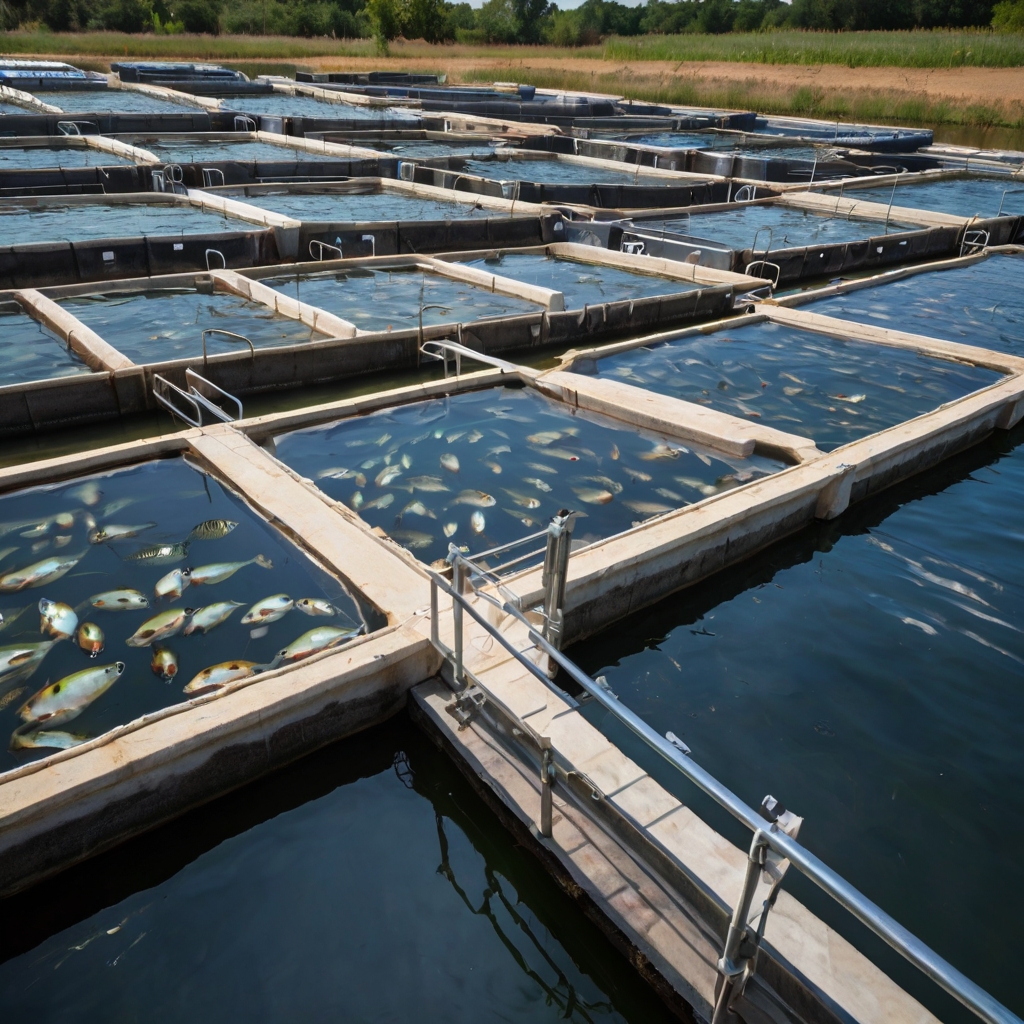The aquaculture industry is on the brink of a technological revolution, driven by the need for sustainable practices and enhanced productivity. As we approach 2024, the precision aquaculture market is expected to flourish, integrating cutting-edge technologies that promise to reshape how fish farming is conducted globally.
What is Precision Aquaculture?
Precision aquaculture refers to the application of advanced technologies such as IoT (Internet of Things), big data analytics, artificial intelligence (AI), and robotics in fish farming. This approach allows farmers to monitor and manage their operations with incredible accuracy, leading to better resource management and improved fish health. By utilizing sensors and data analytics, farmers can track water quality, feeding patterns, and fish behavior in real-time, ensuring optimal conditions for growth.
Market Growth and Drivers
The precision aquaculture market is projected to grow significantly, driven by several key factors. First and foremost, the increasing demand for seafood due to population growth and rising incomes is pushing aquaculture producers to seek more efficient and sustainable farming methods. According to industry reports, global seafood consumption is expected to rise, intensifying the need for aquaculture systems that can meet this demand while minimizing environmental impact.
Additionally, the focus on sustainability in aquaculture practices is gaining momentum. Consumers are becoming more conscious of the environmental impact of their food choices, prompting fish farmers to adopt practices that reduce waste, conserve resources, and enhance traceability. Precision aquaculture aligns perfectly with these objectives, as it facilitates more responsible farming practices and better supply chain management.
Technological Innovations
In 2024, we can expect to see significant advancements in the technologies underpinning precision aquaculture. AI and machine learning will play crucial roles in predicting fish health and growth patterns, enabling farmers to make data-driven decisions. Moreover, automated feeding systems that use sensors to monitor fish appetite will help optimize feed usage, reducing waste and costs.
The integration of blockchain technology is another exciting development on the horizon. By providing transparent and tamper-proof records of fish farming practices, blockchain can enhance traceability and build consumer trust in aquaculture products.
Challenges Ahead
Despite the promising outlook, the precision aquaculture market faces challenges. High initial investment costs for technology adoption can be a barrier for small-scale farmers. Additionally, the need for skilled labor to operate and maintain these advanced systems may pose a hurdle in some regions.
For More Info: – https://www.gmiresearch.com/report/precision-aquaculture-market/
Conclusion
As we move into 2024, the precision aquaculture market stands at the forefront of innovation in the aquaculture industry. With technological advancements and a growing emphasis on sustainability, precision aquaculture holds the potential to revolutionize fish farming, making it more efficient, productive, and environmentally friendly. The future of seafood production looks bright, and the industry is well-positioned to meet the challenges of a growing global population.
